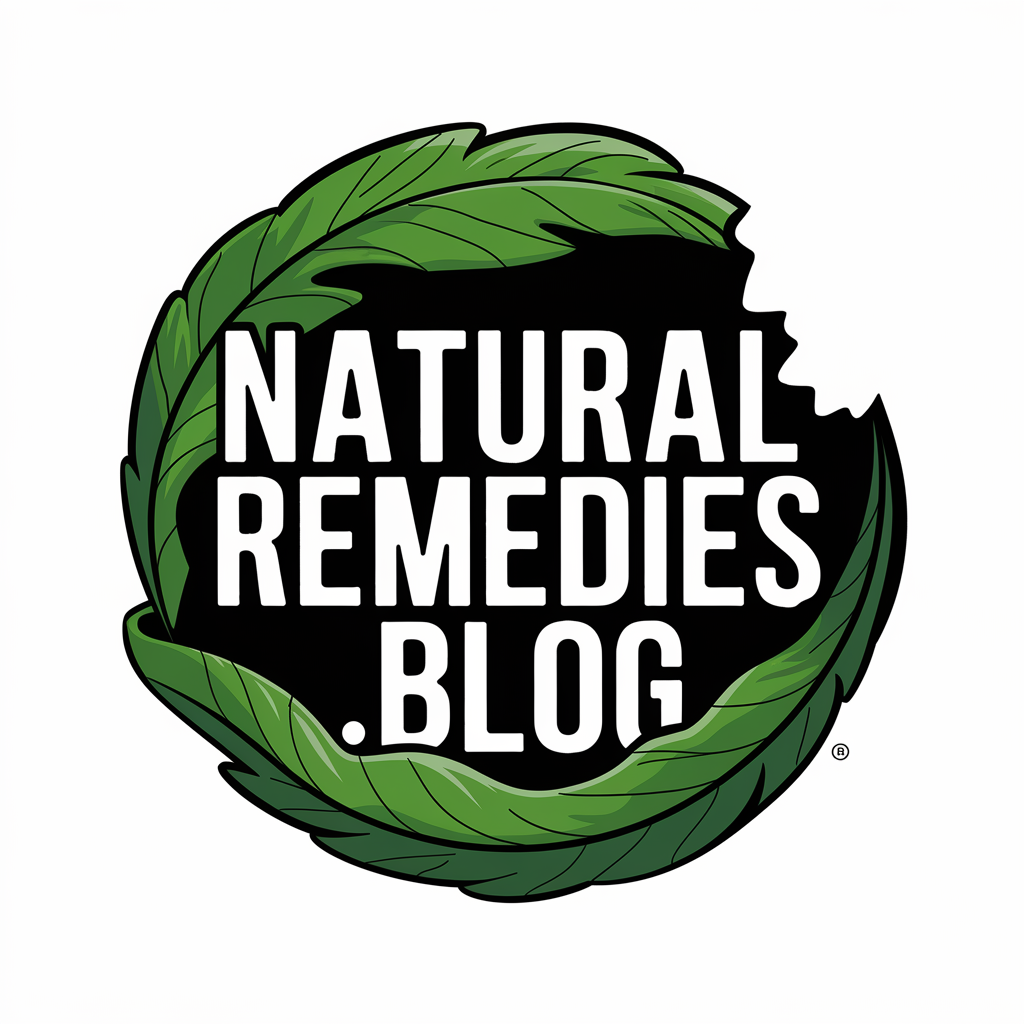The Only Thing That Helps My Hyperpigmentation Fade
Understanding My Hyperpigmentation Journey
Before you can effectively treat hyperpigmentation, it’s essential to identify the specific type and underlying cause of your skin discoloration.
You’ll need to determine if your dark spots stem from sun damage, post-inflammatory hyperpigmentation, melasma, or other factors. Each type requires different remedies and approaches.
Consider tracking when your spots appeared, what triggers might’ve caused them, and how they’ve changed over time.
Document your skin’s response to various treatments and environmental factors. This systematic approach will help you and your dermatologist develop the most effective treatment strategy for your unique situation. Additionally, using treatments like baking soda can aid in fading dark spots by disrupting the acid mantle and providing gentle exfoliation.
The Game-Changing Ingredient That Works
If you’re seeking a potent hyperpigmentation treatment, alpha arbutin stands out as a clinically-proven ingredient that inhibits tyrosinase, the enzyme responsible for melanin production.
Research demonstrates that alpha arbutin’s molecular structure allows it to effectively penetrate the skin’s layers and target pigment-producing cells with minimal irritation.
Clinical studies show that a 2% concentration of alpha arbutin can reduce dark spots and uneven skin tone within 8-12 weeks of consistent use.
Understanding Alpha Arbutin Benefits
While many skin-brightening ingredients have come and gone, alpha arbutin has emerged as a powerful ally in the fight against hyperpigmentation.
This stable, synthetic derivative of hydroquinone works by inhibiting tyrosinase, the enzyme responsible for melanin production.
Clinical studies have shown these key benefits:
- Provides gradual lightening of dark spots without irritation or sensitivity
- Demonstrates superior stability compared to other brightening agents, maintaining efficacy longer
- Works synergistically with vitamin C and niacinamide to enhance overall brightening results
You’ll find alpha arbutin particularly effective for treating post-inflammatory hyperpigmentation and melasma.
Science Behind the Formula
Understanding the molecular structure of alpha arbutin reveals why it’s such a breakthrough in hyperpigmentation treatment. The compound works by binding to tyrosinase, the enzyme responsible for melanin production, and gradually releases hydroquinone in a controlled manner. This targeted mechanism inhibits melanogenesis without causing the harsh side effects associated with traditional hydroquinone treatments.
At a molecular level, alpha arbutin’s glycosidic bond ensures stability and enhanced skin penetration. Its water-soluble nature allows for consistent delivery to melanocytes, where it effectively disrupts the melanin synthesis pathway.
Research shows it’s particularly effective at concentrations between 2% and 4% for optimal results.
Clinical Evidence Shows Results
Clinical studies have demonstrated alpha arbutin’s remarkable efficacy in treating hyperpigmentation across diverse skin types.
Research shows consistent improvement in skin tone when using products containing 2% alpha arbutin concentration.
-
A 12-week clinical trial revealed a 43% reduction in dark spots among participants using alpha arbutin twice daily.
-
Studies confirm alpha arbutin’s superior stability compared to hydroquinone, maintaining potency for up to 24 months.
-
Double-blind research demonstrates visible results within 8 weeks, with 89% of participants reporting significant melanin reduction.
These findings validate alpha arbutin’s position as a leading treatment for hyperpigmentation, supported by dermatological evidence.
My Daily Skincare Routine
Following a consistent skincare routine is essential for treating hyperpigmentation effectively.
You’ll need to cleanse your face twice daily with a gentle, non-irritating cleanser that won’t disrupt your skin barrier.
Apply vitamin C serum in the morning to protect against free radicals and brighten dark spots. Use sunscreen with at least SPF 30 during the day, reapplying every two hours.
At night, incorporate retinoids or alpha-hydroxy acids to promote cell turnover.
Apply targeted spot treatments containing kojic acid or niacinamide to affected areas.
Finish with a moisturizer to maintain skin hydration and support barrier function. Regular use of coconut oil’s moisturizing abilities can also provide added hydration benefits to your skin.
Lifestyle Changes That Support Treatment
Your success with hyperpigmentation treatment depends heavily on specific lifestyle modifications that complement your medical interventions.
You’ll need to apply broad-spectrum sunscreen daily, maintain a nutrient-rich diet with antioxidants and vitamins, and establish regular sleep patterns that allow for cellular repair.
These evidence-based lifestyle changes work synergistically with your prescribed treatments to optimize melanin regulation and skin healing.
Sun Protection Every Day
Since ultraviolet (UV) rays are the primary trigger for hyperpigmentation, daily sun protection becomes essential for successful treatment outcomes.
You’ll need to incorporate comprehensive sun protection strategies into your daily routine, regardless of weather conditions or season.
- Apply a broad-spectrum sunscreen with SPF 30+ every morning, reapplying every 2 hours when outdoors.
- Wear protective clothing, including wide-brimmed hats and UV-blocking sunglasses.
- Seek shade during peak UV hours (10 am to 4 pm), and consider using UV-protective umbrellas or parasols.
Studies show that consistent sun protection can prevent up to 80% of visible skin aging and hyperpigmentation progression.
Balanced Diet Habits
While topical treatments and sun protection are crucial, maintaining a balanced diet plays a vital role in managing hyperpigmentation from within.
You’ll need to consume foods rich in antioxidants, particularly vitamins C and E, which help fight free radicals and support skin cell regeneration. Include citrus fruits, leafy greens, and nuts in your daily meals.
Focus on foods containing copper-regulating zinc, such as oysters and pumpkin seeds, as they help control melanin production.
Don’t forget to stay hydrated and limit your intake of processed foods, which can trigger inflammation and worsen hyperpigmentation.
Consistent Sleep Schedule
A consistent sleep schedule significantly impacts your skin’s natural repair and regeneration processes, which are essential for treating hyperpigmentation.
During deep sleep, your body produces growth hormones that accelerate cellular repair and collagen synthesis.
-
Aim to sleep 7-9 hours nightly between 10 PM and 6 AM to align with your circadian rhythm.
-
Your skin’s cell turnover rate peaks between 11 PM and 4 AM, making this period crucial for hyperpigmentation treatment.
-
Sleep deprivation increases cortisol levels, which can worsen inflammation and melanin production, leading to darker spots.
Common Mistakes to Avoid
When treating hyperpigmentation, patients often make several counterproductive mistakes that can worsen their condition or delay healing.
You’ll want to avoid excessive sun exposure without proper SPF protection, as UV rays trigger melanin production.
Don’t skip patch testing new products, as this can lead to adverse reactions.
It’s crucial not to layer incompatible active ingredients, such as vitamin C with retinol, in the same routine.
Avoid over-exfoliating or using harsh scrubs, which can cause inflammation and post-inflammatory hyperpigmentation.
Finally, don’t expect overnight results – hyperpigmentation treatment requires consistent, long-term care.
Tracking Progress and Results
Tracking progress in hyperpigmentation treatment requires three essential monitoring methods: standardized photography, consistent measuring tools, and detailed diary entries.
-
Take weekly photos in the same lighting, angle, and distance to document visible changes. Use a color reference card and ruler for accurate comparison.
-
Measure your dark spots’ size and intensity with a dermatological scale or specialized device. Record measurements bi-weekly for scientific tracking.
-
Document your skincare routine, lifestyle factors, and any triggers that might affect pigmentation. Include treatment reactions, weather exposure, and hormonal changes to identify patterns affecting your progress.
Professional Treatment Options
Professional dermatological treatments offer scientifically proven solutions for stubborn hyperpigmentation that doesn’t respond to over-the-counter products.
Your dermatologist can perform chemical peels using high-strength acids like TCA or phenol to remove damaged skin layers. Laser therapy, including IPL and Q-switched lasers, targets melanin deposits with precision.
Microdermabrasion physically exfoliates hyperpigmented areas, while prescription-strength hydroquinone combined with retinoids delivers enhanced results.
For severe cases, you’ll find success with procedures like cryotherapy or deeper chemical peels. These treatments require professional supervision and typically show results within 3-6 sessions.







